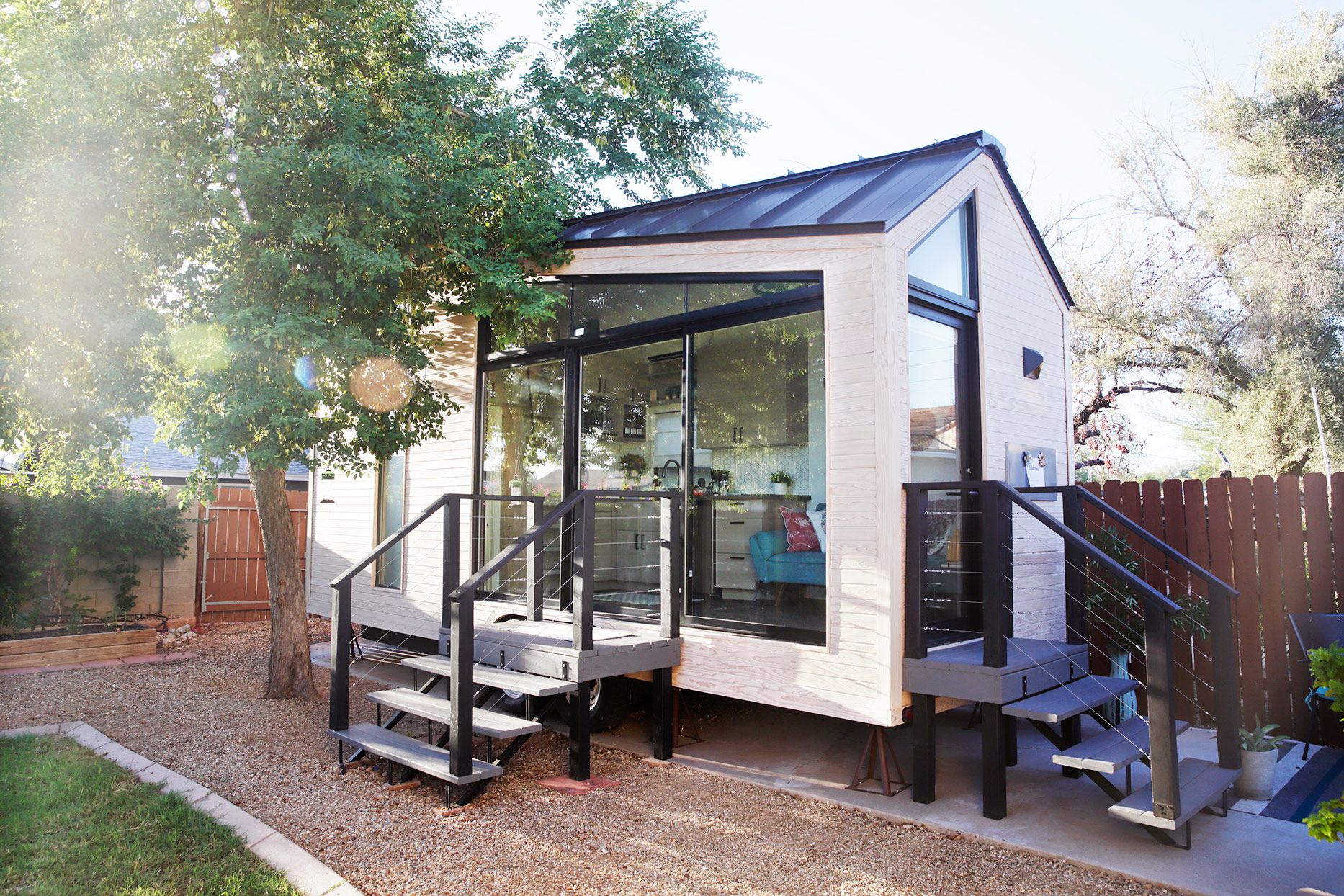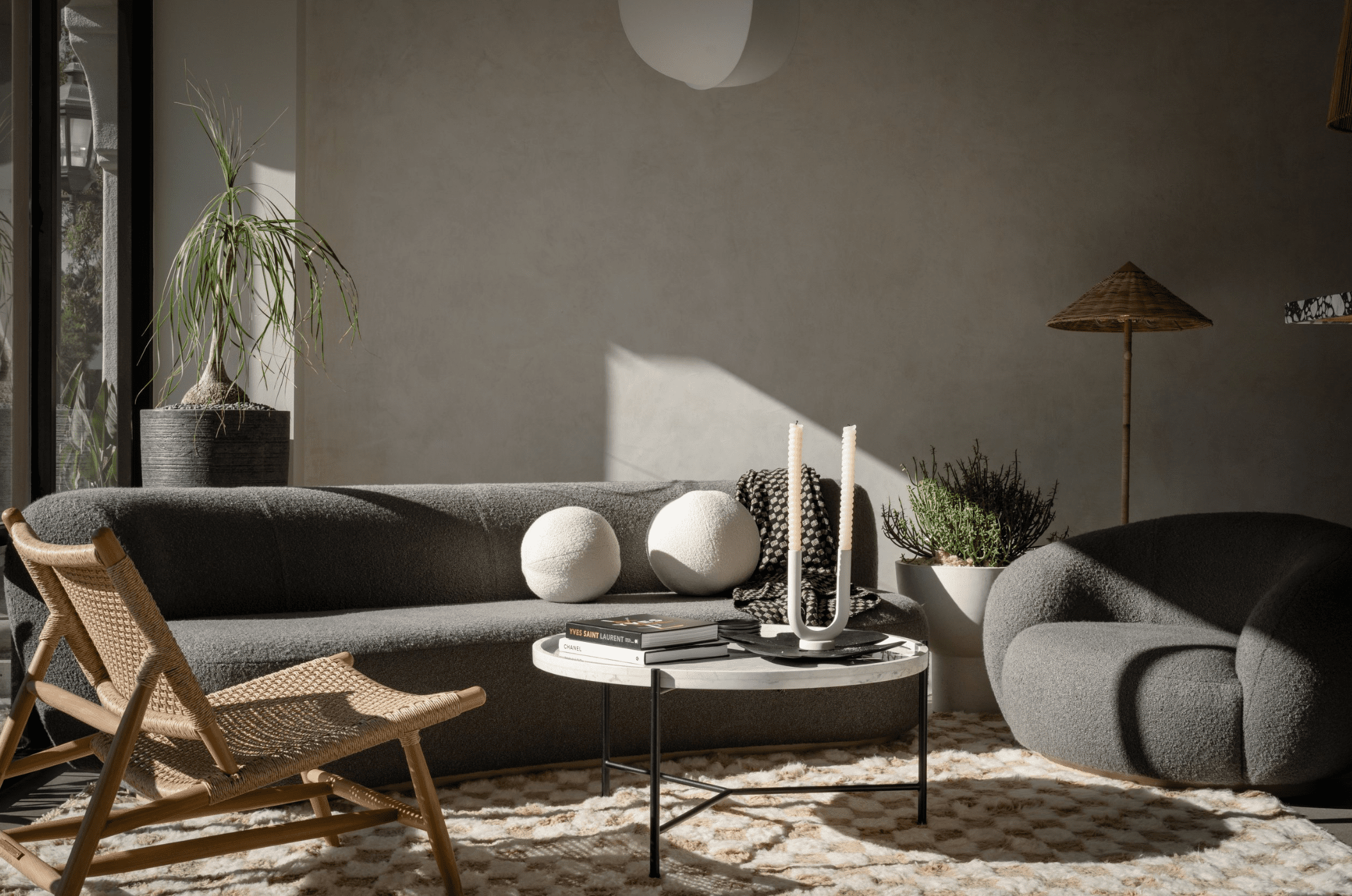
4 Hidden Costs of Accessory Dwelling Units That Could Blow Your Budget
In-law suites, garage apartments, or granny flats are all variations of accessory dwelling units—also known as ADUs. These smaller-scale buildings give you the flexibility to expand your home’s footprint without subtracting any valuable square footage or sacrificing your existing floor plan.
If you’re planning on adding an ADU to your home, there are some under-the-radar costs you’ll want to stay ahead of to avoid going over budget. Eric Bramlett, real estate expert and owner of Bramlett Partners, shares his top tips for avoiding hidden costs.
Before Your Build Begins: Fees and Assessments
Budget for permit fees: Depending on your location, you’ll need to budget for permit fees and various assessments and inspections, as they’re part of the approval process. “The costs of which can add up pretty quickly,” Bramlett notes.
Check zoning regulations: Costs aside, zoning laws will also dictate the entire design of your ADU. “Certain regulations could require you to rework your plans,” Bramlett adds. For example, some cities will regulate the size, placement, and purpose or usage of your unit, while other locations will require more design plans for add-ons like parking spaces.
Factor in disposal costs: Lastly, you’ll also need to factor in waste management to stay in compliance with local regulations by having adequate trash and recycling facilities, as well as proper disposal of any hazardous materials, Bramlett says. “It’s really important to plan these things (with a professional) early on in the design process, so that you can avoid costly adjustments later.”
During Your Build: Construction Management and Utilities
Project management expenses: Beyond construction costs—like site prep and building—you’ll also need to factor in project management fees. These costs refer to the expenses associated with overseeing and coordinating your ADU, like hiring a project manager, administration time, contractor coordination, and establishing vendor timelines. A cost many homeowners overlook, Bramlett says these expenses will depend on the complexity and size of your project. “You’ll need to hire professionals to get the job done properly,” he says. To simplify the process and avoid the hassle of managing multiple contractors, Bramlett encourages homeowners to use a design-build firm.
Prepare for utility costs: Utilities also play a signifiant part in establishing your build. You’ll need to assess whether your existing electrical and plumbing systems can handle the extra load an ADU will bring, Bramlett explains. And connecting these utilities can be expensive (especially if you need new water or sewer connections or additional electrical lines), but sharing utilities between your main house and ADU unit can slash costs, he says. “This might not be the solution for everyone. It’s different if a family member is going to be living there, versus renting it out,” he adds.
After the Build: Maintenance and Long-Term Expenses
Plan for maintenance expenses: Once the ADU is complete, anticipate regular maintenance and repair costs. For your ADU’s exterior, factor in lawn care and gardening to maintain your property’s curb appeal. As well as keeping your gutters clean, Bramlett suggests preventing roof leaks and protecting the structure against weather damage.
Don’t forget appliance tune-ups: Next, Bramlett says you’ll need to maintain your plumbing and electrical units, along with regular appliance upkeep like servicing HVAC systems, water heaters, and large kitchen appliances like ovens. Budgeting for these expenses early on can keep costs manageable.
Budget for homeowners insurance: Having homeowners insurance is crucial—but the larger your property, the higher your bills will be. “Whether you’re adding square footage or an entire free-standing unit to your home, check if your existing policy will cover the ADU. If not, you’ll need a separate landlord insurance policy,” Bramlett says.
Expect higher taxes: Lastly, be aware of costs like permit renewals and higher property taxes, since adding an ADU will increase your property value.
Financial Responsibilities of Renting Out an ADU
If you’re planning on renting out your ADU, “make sure you’ve familiarized yourself with local and state landlord-tenant laws,” Bramlett says. “This will impact everything from your lease agreements and security deposits, to eviction procedures and maintenance responsibilities. You might need to hire an agent to help with the tenant screening process, which normally includes credit checks, employment verification, rental history, and contacting references– all of which are necessary to safeguard this stream of income,” he says.
“Some jurisdictions will require separate utility metering for these units. In this case, you should budget for the installation costs of separate electricity and water meters, sometimes even separate gas connections,” Bramlett says.










